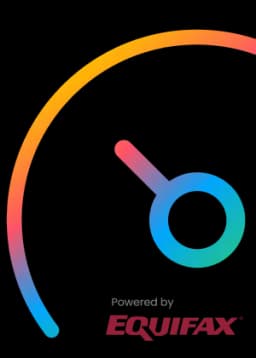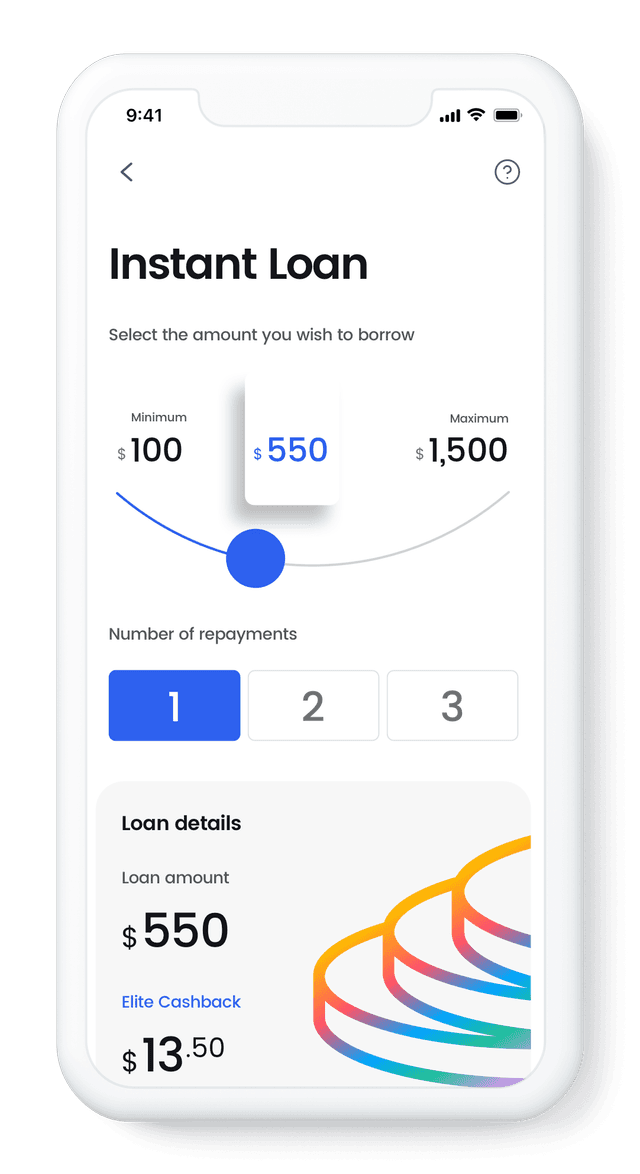Your pay stub holds more information than you might think, and understanding it can make a real difference to your financial confidence.
Each time you get paid, your stub shows not just what you earned, but where a portion of that money went. It breaks down taxes, government contributions, and benefit deductions in a way that tells the full story of your take-home pay. But those numbers and codes feel like a foreign language for many people.
Whether you’re new to the workforce or have been getting paycheques for years, learning to read your pay stub is one of the simplest ways to take control of your finances. It helps you track income, spot errors, and understand how government deductions—from federal income taxes to health insurance—affect what ends up in your bank account.
In this guide, we’ll walk through each section of a Canadian pay stub, explain what the common deductions mean, and show you how to read it with confidence.
What Your Pay Stub Includes in Canada
Each pay stub details your income, deductions, and take-home pay. It typically includes your gross pay, the date range of the pay period, taxes deducted, benefit costs, and your net pay. You’ll also see year-to-date totals, which show how much you've earned and paid in deductions so far this year.
Some stubs are simple. Others break down each line in detail, showing contributions to CPP, EI, federal income taxes, and other payroll items.
Gross Pay and Net Pay
Your gross pay is your total earnings before anything is taken off. This includes your salary or hourly wages and, if applicable, overtime or bonuses.
Your net pay is what you actually receive after all deductions are subtracted. It’s often referred to as “take-home pay.” For example, if your gross pay is $2,000 and $600 is deducted for taxes and benefits, your net pay would be $1,400.
The difference between these two numbers reflects where your money is going—to taxes, benefits, and programs managed by the federal government.
Income Taxes and How They’re Calculated
Every time you’re paid, a portion of your earnings is withheld for income taxes. In Canada, both the federal government and your province collect taxes from your income. Your employer calculates how much to deduct based on your income level, tax credits, and the CRA’s tax tables.
You might see the deduction listed as “Income Tax,” or in some cases, it may appear as separate lines for federal income taxes and provincial taxes. Either way, this money is being sent to the appropriate level of government on your behalf.
Canada uses a progressive tax system. This means that as your income increases, the rate of tax on the higher portion of your income also increases. Your employer estimates your total annual income and withholds the appropriate amount during each pay period.
Don’t miss this article next: How to Prove Your Cash Income in Canada.
Understanding Federal Taxes
When your pay stub shows federal taxes, it refers to more than just federal income taxes. These deductions may include Employment Insurance, the Canada Pension Plan, and any other programs operated by the federal government.
These deductions are mandatory. Your employer is legally required to withhold them from your pay and remit them to the government. The deductions are based on formulas provided by the Canada Revenue Agency and are updated regularly to reflect changes in tax brackets or contribution limits.
The federal government uses these funds to support national services such as healthcare, pensions, and employment programs.
Canada Pension Plan (CPP) and Employment Insurance (EI)
Two key deductions you’ll see on your pay stub are for the Canada Pension Plan (CPP) and Employment Insurance (EI). These programs are run by the federal government and funded through payroll contributions.
CPP contributions are used to support your future retirement income or disability benefits. EI provides temporary financial assistance if you lose your job or need to take leave for specific life events.
Both deductions are calculated as a percentage of your earnings. Your employer matches your CPP contributions dollar for dollar and contributes 1.4 times your EI premium. While these employer contributions don’t appear on your pay stub, your portion will always be listed.
There are annual maximums for both programs. Once you reach the cap, those deductions stop until the new calendar year.
Learn more about the CPP in this article.
Health Insurance and Other Benefit Deductions
If you participate in a company-sponsored benefit plan, your pay stub will likely show deductions for health insurance. These may cover medical, dental, or vision care, and your employer often shares the cost of these premiums.
The deductions may be labeled in different ways—“Health Benefit,” “Group Insurance,” or “Medical Plan”—depending on the payroll system used.
In addition to health insurance, your pay stub may show deductions for life insurance, long-term disability, or critical illness coverage. Some employees also contribute to employer-sponsored retirement savings plans, which would also be shown as a deduction.
Other items that might appear include union dues or payments toward a group RRSP. If your employer offers extra perks like a gym membership or parking, these deductions could be listed as well.
Flexible Spending Accounts
Some employers offer flexible spending accounts (FSAs), which allow you to set aside pre-tax earnings for specific purposes such as medical expenses. If you contribute to one of these plans, you’ll see the deduction on your pay stub.
FSAs are less common in Canada than in the U.S., but where available, they can be a helpful way to manage eligible expenses while reducing your taxable income.
What Is a Pay Period?
A pay period is the length of time your wages cover. Common pay periods include weekly, biweekly, and monthly.
Your pay stub will list the start and end dates of the pay period, along with the date you were paid. This helps you confirm that the wages match your worked hours or salary.
Understanding your pay period also helps when reviewing your year-to-date totals or estimating how much tax you’re likely to pay over the year.
Tracking Year-to-Date Totals
One of the most useful features of your pay stub is the year-to-date (YTD) totals. These figures show how much you’ve earned and how much has been deducted since the beginning of the calendar year.
This includes totals for income taxes, CPP, EI, and benefits like health insurance. YTD tracking helps you budget, estimate your tax refund, or confirm if you’ve reached annual contribution limits for CPP or EI.
For example, if your CPP contributions suddenly drop to zero, it might be because you’ve hit the annual maximum, and no further deductions are needed for the rest of the year.
Reviewing for Accuracy
Even though most employers use automated payroll systems, mistakes can still happen. It’s a good idea to check each pay stub carefully.
Watch for errors in hours worked, incorrect benefit deductions, or unexpected changes in your net pay. Also, make sure your tax deductions look consistent from one pay period to the next, unless your earnings have changed.
If something seems off, bring it up with your payroll department right away. Small issues are much easier to fix if caught early.
Why It All Matters
Your pay stub is your personal financial record. It tells you how much money you made, how much went to taxes and benefits, and how much you took home.
Every deduction serves a purpose. Federal income taxes and federal taxes fund government programs. CPP and EI support your retirement and financial security. Health insurance deductions provide peace of mind in case of illness or injury.
Understanding how these amounts are calculated puts you in a better position to manage your money and avoid surprises during tax season.
Last Words: Pay Stubs in Canada
Many employees glance at their pay stub once and forget it. But checking it regularly can help you catch mistakes, plan your budget, and understand how your earnings are being used.
Everything on your pay stub, from federal income taxes to CPP, net pay, and health insurance, tells a part of your financial story. The more you understand it, the better prepared you are to manage your finances with confidence.
Still feeling stretched between paycheques? iCash offers fast, secure access to short-term loans in Canada, so you have a financial safety net when unexpected expenses pop up.
Understanding your pay stub is one step toward better money management. Knowing where to turn when you need a little extra support is the next.











